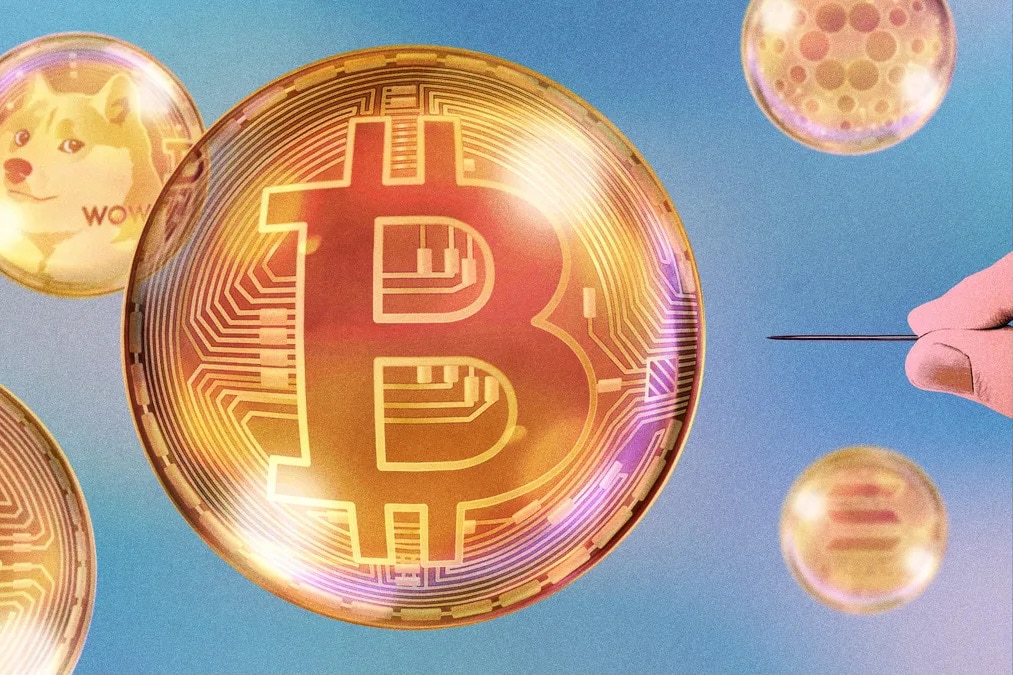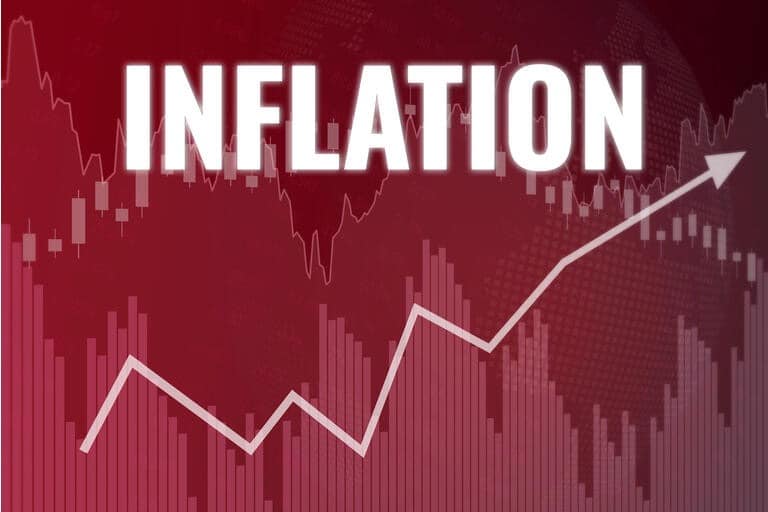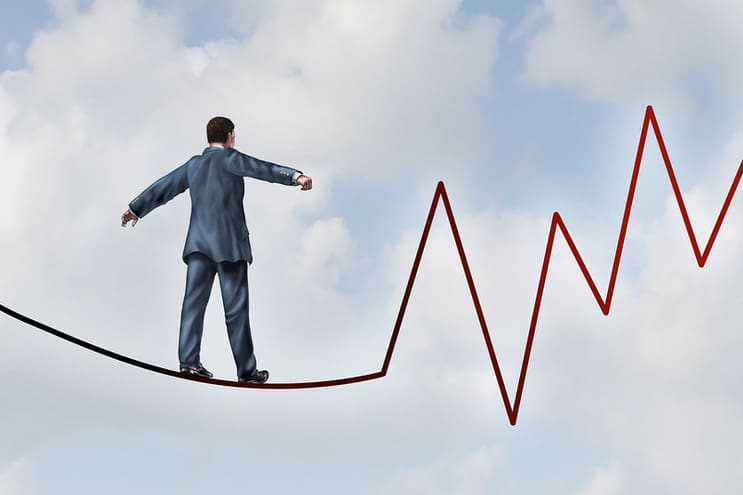In financial markets very few things can be expected to repeat regularly like clockwork. Crisis periods in Emerging Markets are one such occurrence that we see every 4-5 years.
In financial markets very few things can be expected to repeat regularly like clockwork. Crisis periods in Emerging Markets are one such occurrence that we see every 4-5 years.
In financial markets very few things can be expected to repeat regularly like clockwork. Crisis periods in Emerging Markets are one such occurrence that we see every 4-5 years.
EM crises can also be once-in-a-lifetime opportunities. I witnessed this first-hand early in my career when one of my oldest clients, an experienced EM bond investor, put his whole portfolio into Russian bonds during the 1998 crisis, starting his purchases at 65 cents on the dollar, and continued buying every week all the way down. His last purchase was a 12.75% coupon Russian government bond bought at 21%, that was just issued six months earlier at a full price of 100%, as the country defaulted on its internal debt and announced capital controls.
Not knowing any better but feeling that I needed to communicate to him some kind of warning that he was losing a lot of money, he said: “Son, this kind of event will happen two or three times in your life. This is how you follow Rothschild’s advice: buy when there’s blood in the streets, even if the blood is your own”.
Five years later Russia had fully recovered, and that 12.75% bond rose all the way to 150% in price, on top of interest received.
No financial advisor would ever recommend taking the kind of risks in the example above, but a lesson in Emerging Market crisis periods is useful so that investors can have an idea of what to expect, even if they just watch from the sidelines.
EM crises have very similar beginnings and ends. At the beginning we have a country whose economy has done well, and has a growing investor consensus for continued growth. This is often accompanied by a narrative that things are finally changing for the better, usually due to a new charismatic leader which will break with the past. Then, more facts are brought forward to justify the rise in that country’s stock market and real estate, such as its young and well-educated workforce that speaks English, as if that has any impact at all on future stock market returns.
By now, the country itself has fully bought into the story of its own greatness. It is running both a fiscal and a current account deficit. While these deficits need to be funded by foreign money, this is not a problem as investors keep pouring new investments year after year. Any gaps in the deficits are covered by the issuance of new bonds in US Dollars, growing the debt to GDP ratio, and increasing the reliance on a stable currency exchange rate to eventually repay this debt.
Every EM crisis causes an overshoot on the downside, as all the optimistic assumptions become clearly wrong. But then the adjustment starts. A rapid devaluation of the currency together with a drop in economic activity fixes the imbalances. Hyperinflation and default occur rarely, and commentators have to dig up often repeated cases of Venezuela or Germany’s Weimar hyperinflationary period. The drop in the currency causes a fall in imports, fixing the trade deficit. Credit growth stalls, fixing the country’s current account.
A number of economic indicators linked to a country’s money supply can be reliably used to assess when the worst of an EM crisis is over, enabling the move into the next economic cycle.
Participating in the recovery after a crisis event should only be attempted by experienced investors who know what to expect and can withstand the risks. Argentina issued a 100 year bond just last year, taking advantage of bond investor demand, from a country that has been in default for more than half the time over the last half century. Investors who bought that bond had an extremely rosy outlook, which was broken in record time less than a year later. Resisting the temptation to invest in an EM country when the future outlook is very bullish should be done by all investors.
By LEONARDO DRAGO
Co-founder of AL Wealth Partners, an independent Singapore-based company providing investment and fund management services to endowments and family offices, and wealth-advisory services to accredited individual investors.





